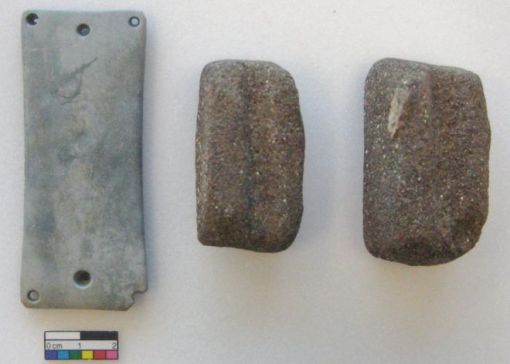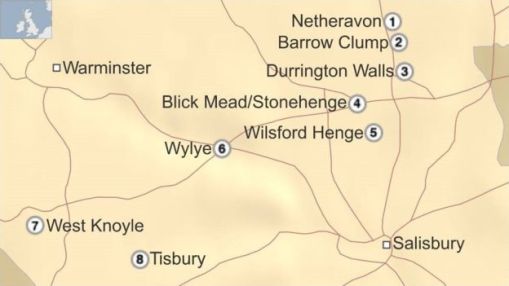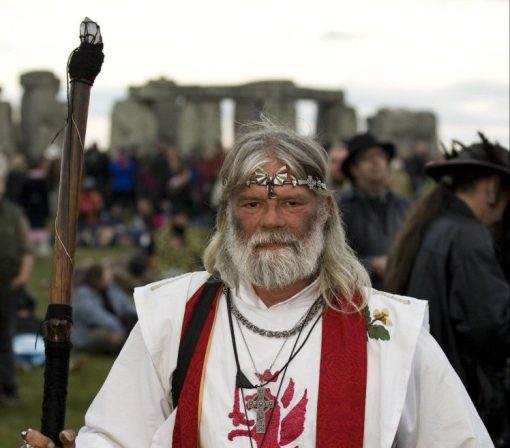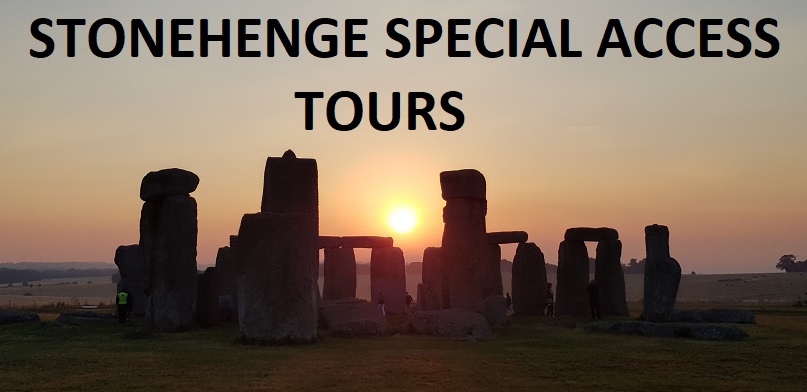A Bronze Age cremation burial has been discovered near Stonehenge after being accidentally dug up by a badger.

An archer’s wrist guard and shaft straighteners were among the objects discovered
Objects found in a burial mound at Netheravon, Wiltshire, include a bronze saw, an archer’s wrist guard, a copper chisel and cremated human remains.
Experts believe the burial may have been that of an archer or a person who made archery equipment.
The artefacts date back to 2,200-2,000BC, senior archaeologist Richard Osgood, of the MOD, said.
The burial mound, about five miles north of Stonehenge, lies on MOD land.
Mr Osgood, from the MOD’s Defence Infrastructure Organisation, said it was “an exciting find”.
“It was utterly unexpected. These are wonderful artefacts from the early Bronze Age, about 2,200-2,000 BC,” he said.

Other archaeological finds in Wiltshire:
1. Bronze Age burial discovered by a badger
2. Soldiers uncover 27 ancient bodies at Barrow Clump on Salisbury Plain
3. Researchers find large Neolithic site at Durrington Walls
4. Stonehenge dig finds 6,000-year-old encampment at Blick Mead
5. Bronze Age child’s skeleton discovered at Wilsford henge
6. Bronze Age jewellery discovered in a Wiltshire field
7. Iron Age woman’s footless body found near West Knoyle
8. Bronze Age hoard found near Tisbury
Also among the finds were shaft straighteners for straightening arrows, and pieces of pottery.
Mr Osgood said the badger had dug out the cremation urn and sherds of pottery were lying on the surface when they were spotted.
A full archaeological dig was then carried out on the site.
Mr Osgood said: “There are badger setts in quite a few scheduled monuments – the actions of burrowing animals is one of the biggest risks to archaeology in Britain – but to bring out items of this quality from one hole is unusual.
“We would never have known these objects were in there, so there’s a small part of me that is quite pleased the badger did this… but it probably would have been better that these things had stayed within the monument where they’d resided for 4,000 years.”
Injured military personnel and veterans helped to excavate the site.
The items are due to be put on display at Wiltshire Museum in Devizes later this year.
Read the full story (source) on the BBC website
The Stonehenge News Blog
 Stonehenge’s ancient landscape.
Stonehenge’s ancient landscape.

 Was Stonehenge itself actually a ‘secondhand monument’, built from bluestones brought from an earlier monument in west Wales? New advances in scientific methods, both in the field and in the laboratory, are also helping archaeologists find out more about the people who built Stonehenge, how they lived and why they went to such effort to build this remarkable structure.
Was Stonehenge itself actually a ‘secondhand monument’, built from bluestones brought from an earlier monument in west Wales? New advances in scientific methods, both in the field and in the laboratory, are also helping archaeologists find out more about the people who built Stonehenge, how they lived and why they went to such effort to build this remarkable structure.














